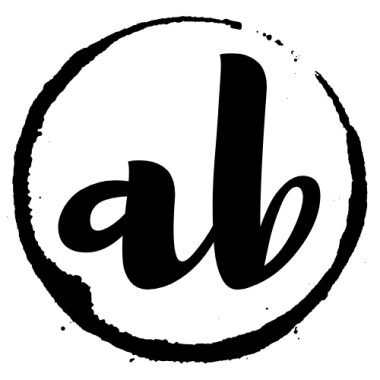
When it comes to tricky plurals, there’s nothing like “do and don’t” to spark debate and creative punctuation. Just how many apostrophes do you need? Here you’ll find the various “right” answers from grammar experts, and the arguments for each.
The above example aside, you have three choices:
1. Dos and don’ts
2. Do’s and Don’ts
3. Do’s and don’t’s
1. Dos and don’ts – one apostrophe
This one couldn’t be simpler. Add an “s” to the end of each word to make them plural. Finished.
If you choose this option, you’re in the company of The Guardian, The Economist, The Chicago Manual of Style, the Oxford English Dictionary and The New York Times.
2. Do’s and don’ts – two apostrophes
Don’t has taken an “s” to indicate plurality, but why add an apostrophe to do’s? In this case, it’s about readability. Dos can easily be misread as “doss”, causing a reader to trip when scanning text. Adding the apostrophe quickly gives clarity, and the reader goes merrily on.
The Macmillan Dictionary and the AP Stylebook recommend this form.
3. Do’s and don’t’s – three apostrophes
Finally, we have the most ungainly variation. Why three apostrophes? We have one in don’t to indicate the missing letter from contracting “do not”, of course. The other two relate to a traditional rule that an apostrophe is used with the plural of numbers, single letters, abbreviations and acronyms, and when pluralising a word that is being treated as a noun. This is where the apostrophes in “the 80’s” and “straight A’s” come from for example.
So, an “s” is added to Do and Don’t to make them plural, but the words Do and Don’t are no longer being used as verbs. They’ve become nouns as part of a list of multiple things you can and can’t do, so each word takes an apostrophe before the pluralising “s”. This form is recommended in Eats, Shoots and Leaves.
As for the ad example: we’ve got the Eats, Shoots and Leaves approach to plurals but have lost the apostrophe for the contraction of Do Not. That fits none of our rules and doesn’t help with readability either.
Which punctuation approach to choose? It’s down to your editor or, in the absence of one, you. Do’s and Don’ts is the most widely used form today, however, because readability is hard to argue with.

Very clear and helpful, thank you!
An editor
You’re very welcome, Melanie. Thanks for stopping by 🙂